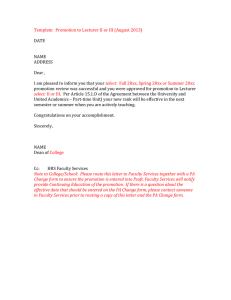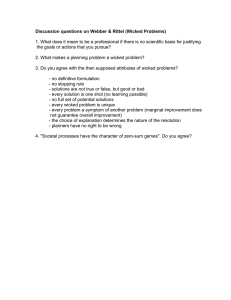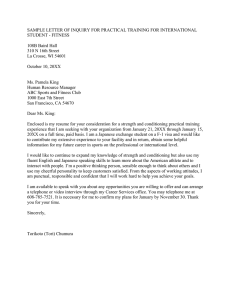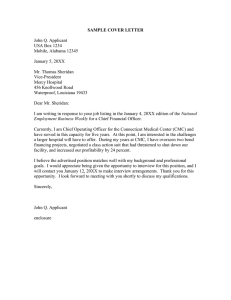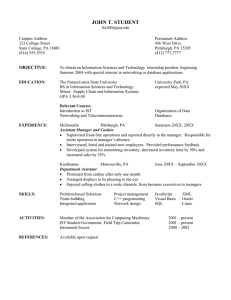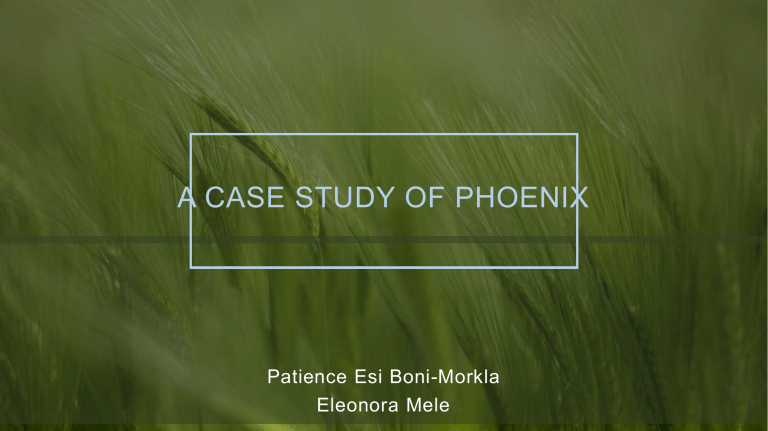
A CASE STUDY OF PHOENIX Patience Esi Boni-Morkla Eleonora Mele UNSUSTAINABLE URBAN SPRAWLS IN PHOENIX WICKED PROBLEM The Phoenix area started to be intensively urbanized from the 1950s, due to its favourable location. In fact, it is located near two rivers, making its soil very fertile and suitable for agricultural use. People began to move to the city peripheries due to the availability of cheap land. The quest for “Suburban life-style” led to low-density urban sprawls in Phoenix. 20XX 2 THE WICKED PROBLEM Water use Dispersed urban layout Climate change Energy consumption Loss of biodiversity 20XX Land use 3 RESILIENCE AND SUSTAINABILITY 20XX RESILIENCE SUSTAINABILITY The area’s capacity to resist to stresses and shocks is mined by enduring slowvariables Agricultural activities not sustainable because they require too much water and the agricultural destination of the lands is killing biodiversity 4 Climate change Suburban lifestyle Retirement of agricultural land water Intensive agricultur al land use Cheap available land Unsustainable urban sprawl Unsustainable consumption Domesti c use Population growth energ y transportation Water supply projects Ecosystems destruction SELF-ORGANIZATION The sprawls resulted from individuals decision to move to peripheries due to free and cheap land COMPLEXITY NON-LINEARITY The slow-variables are intertwined so that solving one will not solve the wicked problem. SELF-LEARNING Water-supply projects were implemented to respond to water shortage, but in the end the led to the rise of other problems 20XX 6 “The whole is greater than the sum of its parts” In this case study many factors are contributing to the wicked problem, therefore, on the one hand, it is very clear that tackling and solving one subproblem won’t solve the whole wicked problem. On the other hand, innovation and experimentation are required in an attempt to address the issue. THANK YOU 7
